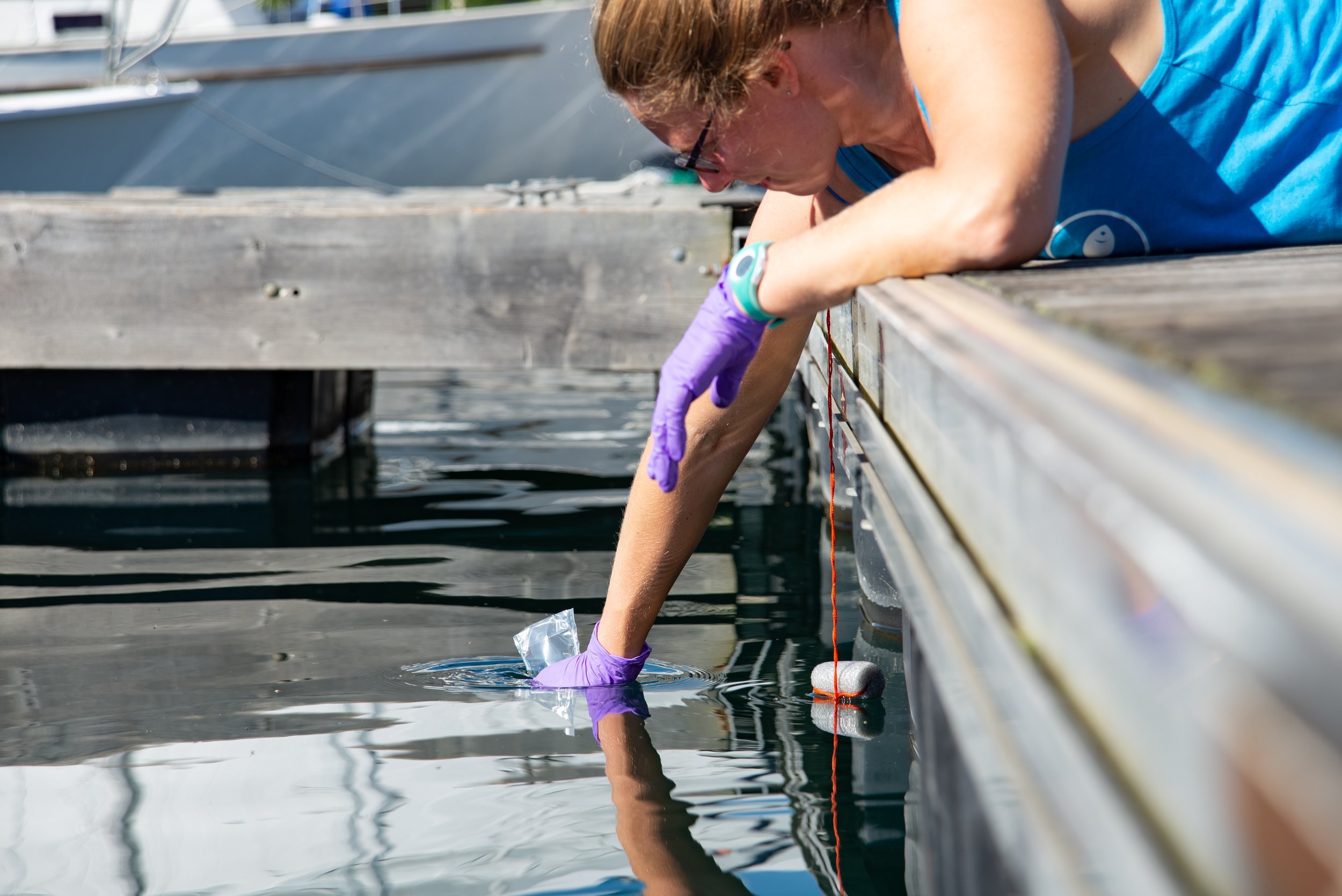
Section 1:
Learn About the Toolkit
What is the Toolkit?
Through years of framework development and trialing with our established hubs, we’ve created a toolkit and framework that can help interested groups monitor their local waters. The toolkit contains resources for starting a monitoring program and selecting a site, tools and resources carry-out field and lab work, and training modules to get your program started.
The toolkit currently focuses on a Standard Operating Procedure for recreational water quality monitoring (e. coli). However, we hope future iterations of this toolkit will expand the number of tools and protocols we’re able to share.
Why use the Toolkit?
We’ve found that sampling recreational water has a special power to connect and protect. Recreational water is important for humans and non-humans alike. By testing for recreational waters, we can work with communities on monitoring work that gives them the knowledge they need to know when and where they can access the water. At the same time, this work also protects the waters they swim in for our non-human counterparts.
The toolkit is a catalyst for building capacity. For many groups, a recreational water monitoring program is just the start. As a result of regular monitoring, groups using the toolkit have become incubators for environmental advocacy and additional monitoring efforts that reflect the community’s unique concerns about localized water quality issues. Attention leads to devotion, and by getting people to the water’s edge, the toolkit helps grow the number of people devoted to protecting their waters and noticing the changes in their environment.
The toolkit is the centre of a collaborative network. The toolkit couldn’t have been developed without partners providing feedback, sharing best practices, and collaborating. By using the toolkit, you’re entering an ecosystem of groups who are working together to strengthen the field of community-based water monitoring and community science that are all working with shared materials.
How can the Toolkit be used?
The intention of the toolkit is to act as a framework for anyone, anywhere, to adopt our guidelines and standards for starting a low-cost, effective recreational water quality program. The toolkit is flexible. It can be used in the following ways:
As a holistic guide to creating a recreational community-based water monitoring hub. By following the guide from start to finish, you’ll be able to join a standardized approach to recreational water monitoring in your own community.
As a guide to starting a community lead site with a Swim Drink Fish hub. If you want to add a monitoring site to an existing hub’s sites, you can use the documents here to get trained and monitor your local waters.
As a set of standalone documents to help you support a monitoring framework for your own community. Use these documents as a guide and choose tools to help you monitor specific variables, create a water literacy program, or understand how to engage volunteers.
To get trained as a volunteer community scientist. If you’re joining an existing Swim Drink Fish hub in Kingston, Toronto, Vancouver or Edmonton, you’ll be able to use the training section of the toolkit to get prepared for your fieldwork.
The toolkit is publicly available and free for anyone to use. However, If you’re interested in working with Swim Drink Fish for guidance and support in starting a monitoring program, contact gregary@swimdrinkfish.ca to learn how to join the Swim Drink Fish hub network.
Who is using the Toolkit?
Explore the Community of Practice
How is the Toolkit Organized?
The toolkit is organized to be a modular and concise approach to water monitoring program development! The website will host the main …, with additional physical documents to help guide ….
The toolkit can be navigated through the drop-down menu at the top of each page to approach training in or out of order. The toolkit can also follow a …
Now that you have an understanding of the Toolkit, you’re ready to start planning your program, developing the documents you’ll need to collect, store, and share data from your monitoring work, and conduct initial site surveys. Section Two will specifically outline: finding suitable monitoring sites, creating a monitoring and program plan, and conducting an Environmental Health and Safety Survey.
NEXT SECTION











